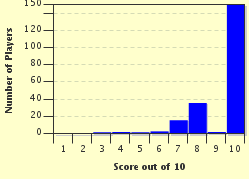Quiz Answer Key and Fun Facts
1. 6 Gateway Drive in Great Neck, New York, in a wealthy neighborhood known for lavish parties.
2. Rowan Oak in Oxford, Mississippi where visitors can read an outline of "A Fable" which the author wrote on the wall.
3. Menabilly in Cornwall, England, whose name is similar to the estate in the author's 1938 one-word titled novel.
4. Monk's House in East Sussex, England near the Ouse River where the author wrote many classics in peace.
5. Sunnyside in Tarrytown, New York, ironically named since the author's work about a headless horseman is not sunny.
6. Greenway Estate in Devon, England, which served as the inspiration for Nasse House in "Dead Man's Folly".
7. The Mount in Lenox, Massachusetts, which may be haunted and could be a "House of Mirth".
8. Stone House in South Shaftsbury, Vermont, it may be at the end of "the road less traveled by".
9. Orchard House in Concord, Massachusetts, which is the inspiration for the setting of "Little Women".
10. The Secret Annex in Amsterdam where the author lived with several other people before being discovered in 1944.
Source: Author
Joepetz
This quiz was reviewed by FunTrivia editor
bloomsby before going online.
Any errors found in FunTrivia content are routinely corrected through our feedback system.


